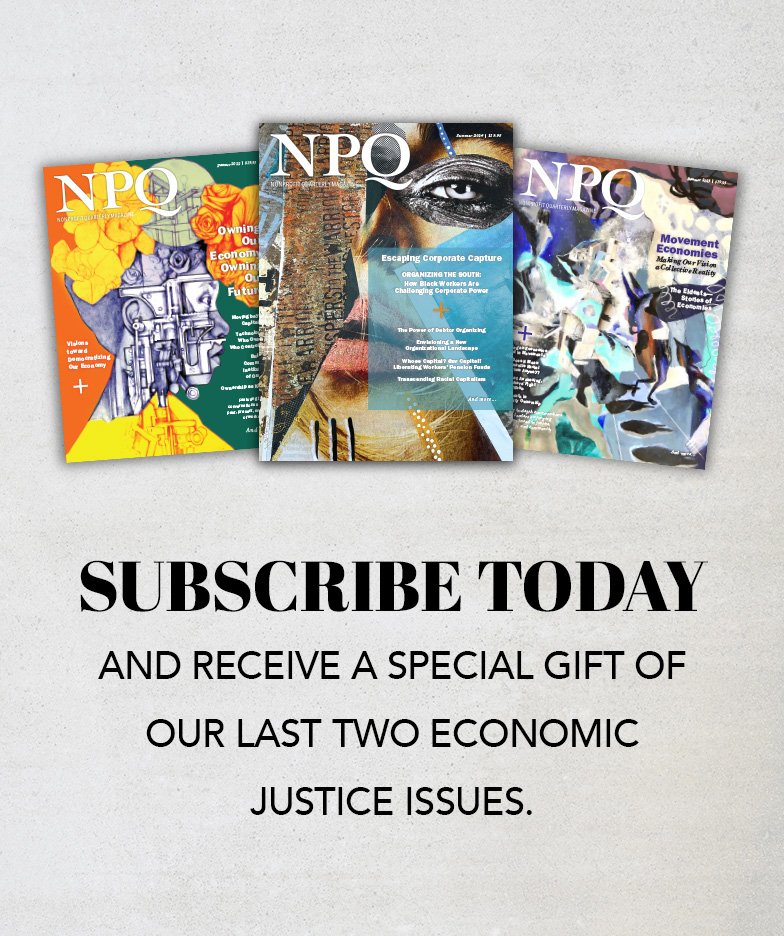July 18, 2011; Source: The Daily Texan | The findings of a recent study suggests that if a donor is already close to a nonprofit they should be approached one way – and a less-close relationship should suggest a different type of appeal. The study, which is due to be published in the “Journal of Experimental Psychology: General,” are based on five studies performed by researchers at the University of Texas, Sungkyunkwon University in South Korea, and the University of Chicago.
“Individuals who think of the beneficiaries in psychologically distant terms contribute more when you can find a way to signal to them that the charity’s cause is important,” Marlone Henderson of UT wrote The Daily Texan in an email. “When you make people focus on what other people have already contributed versus what’s still missing, people feel like the cause is more important and thus feel more motivated to give.”
Sign up for our free newsletters
Subscribe to NPQ's newsletters to have our top stories delivered directly to your inbox.
By signing up, you agree to our privacy policy and terms of use, and to receive messages from NPQ and our partners.
On the other hand, when donors feel more closely identified with the group they contribute to, the group meet its goal. These findings seem somewhat obvious, but we are looking forward to reading it because the way it was done was through “manipulating” the language used in appeals between an “us and them” appeal to a “we and us.” It’s an interesting point for those who write appeals and think about the value of a good engagement strategy.—Ruth McCambridge













